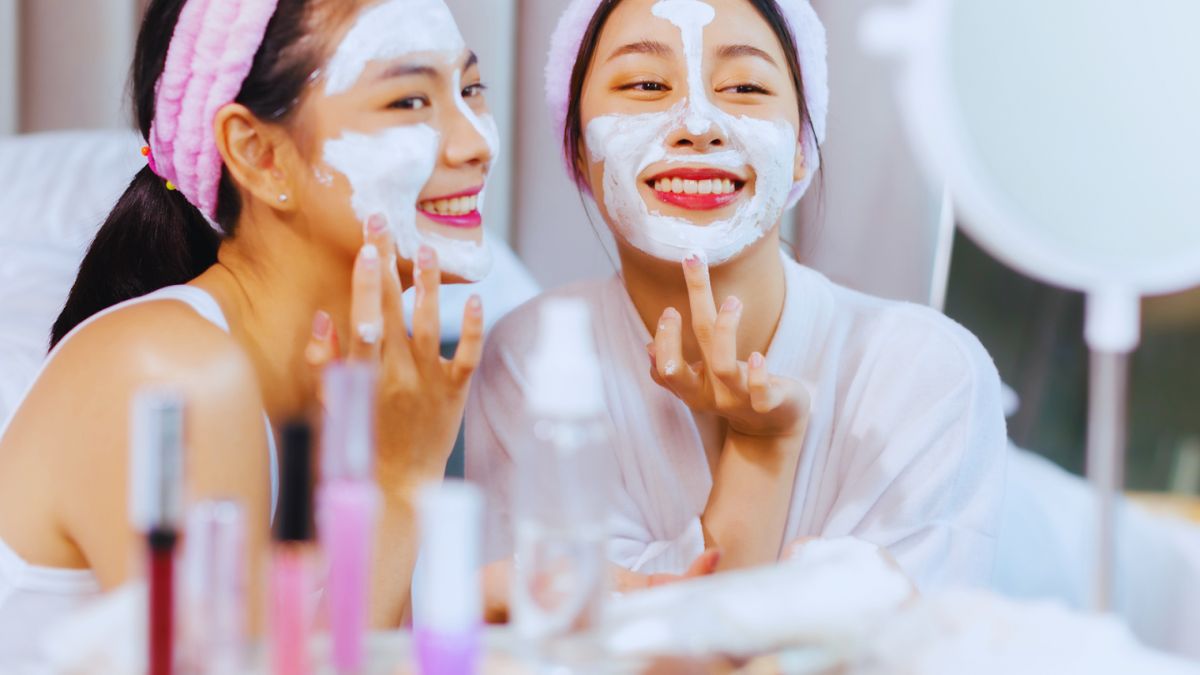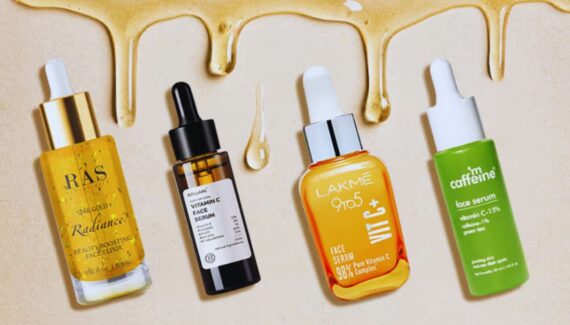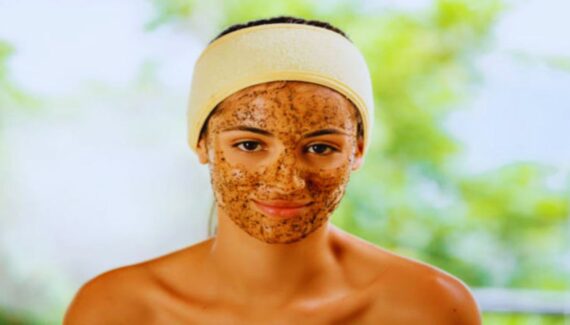Every person dreams of that radiant, flawless complexion we see on our TV screens. A face that looks blemish-free, perfect and glows is what appeals to the viewers. With the Korean culture taking over almost every field today, from clothes to music, food to entertainment, no industry seems evasive from its over-arching influence.
The current trend that’s Indians have got hooked onto is the famous Korean skincare routine – a series of dedicated steps to achieve the ‘glass skin’. If you haven’t, well, good for you! In recent years, Korean skincare has taken the Indian beauty market by storm. From the nine-step beauty regimen to sheet masks and snail mucin serums, it seems everyone wants to try it.
Why Is Korean Skincare So Popular?
Korean skincare, or K-beauty, has become popular worldwide for its multi-step routines, unique ingredients and attractive products with appealing packaging. In India, it’s gaining immense popularity thanks to the rise of skincare awareness and the instant results shared by K-beauty influencers on social media.
Korean Skincare Ingredients
Korean skincare is known for its innovative and natural ingredients, such as snail mucin, green tea extracts and fermented rice water. These powerhouse components often focus on hydration, reducing inflammation and strengthening the skin’s natural barrier. Let’s understand of them more closely.

1. Snail Mucin: A gooey and potent ingredient, known for its miraculous benefits. It is prized for its intense hydration and healing properties. Snail mucin is an ideal product for dry, flaky or damaged skin. The amino acids, hyaluronic acid and antioxidants boost moisture and repair.
2. Cica Asiatica: Centella, or commonly known as ‘cica’, is a trusted cure for sensitive or irritated skin barrier. It reduces the redness, itching, inflammation and is perfect for urban areas with high pollution. This ingredient is loaded with active compounds which are known to repair the skin barrier.
3. Fermented Ingredients: Fermented rice water, ginger extracts and others have become a staple in Korean skincare due to their ability to nourish and protect the skin. Fermentation enhances nutrients like amino acids and antioxidants, making them easier for the skin to absorb.
Real Question: Does Korean Skincare Work for Indians?
The nine-step detailed Korean beauty routine involves cleansing, toning, layering multiple serums, applying moisturizers, and using SPF during the day. While it sounds ultra-fancy, it might not be suitable for Indian weather. Their skincare has been designed to suit their environment and skin type. If Indians try to follow it blindly, they might be doing more harm than good. This is the general perception, which Indian dermatologists strongly suggest.
Key Differences: Indian vs Korean Skincare
- Climate: Korea experiences cold, dry winters and mild summers, so their skincare products are designed to trap moisture and protect against dryness. India’s climate varies depending on the state and months – which is quite diverse.
- Nutrition: Korean meals are rich in fermented foods like kimchi, seaweed and fresh vegetables. These foods are known to improve gut health and indirectly boost skin health. Indian food, though flavourful, majorly includes spicy, oily, and heavily cooked dishes. These differences impact how our skin behaves and what it needs.
- Genetics: One of the most important differences is in the very DNA! The genetic structure of both races is completely different – and hence the skin structure is contrasting. Their skin produces less melanin, making them more prone to damage from UV rays. Indian skin, on the other hand, has higher melanin, which provides some natural protection against the sun but is more prone to pigmentation and dark spots.

What to Follow?
Korean skincare isn’t something that cannot be adopted or added to your daily skin routine – it’s just that the ‘one-size-fits-all’ approach won’t work. Some products might suit the Indian skin type, especially if they’re easy to apply and have soothing benefits. However, you should skip the heavy layering and long routines, they may prove to be expensive and tiring.
Simplify the process and choose products that cater to Indian skin concerns. For example:
- Opt for a gentle Korean cleanser or toner but skip multiple serums.
- Use sheet masks occasionally for hydration but don’t depend on them heavily.
- Avoid products that are too rich or loaded with many things, especially in humid weather.
Glowing healthy skin isn’t about following fad trends but understanding and respecting your skin’s unique requirements. The classic ‘less is more’ approach does work like magic, and remember feeling positive and happy from within radiates a beautiful glow on the outside. So, if you’re tempted to try that 9-step K-beauty routine, remember to listen to your skin first. After all, the best skincare regime is the one that makes you feel YOU!



